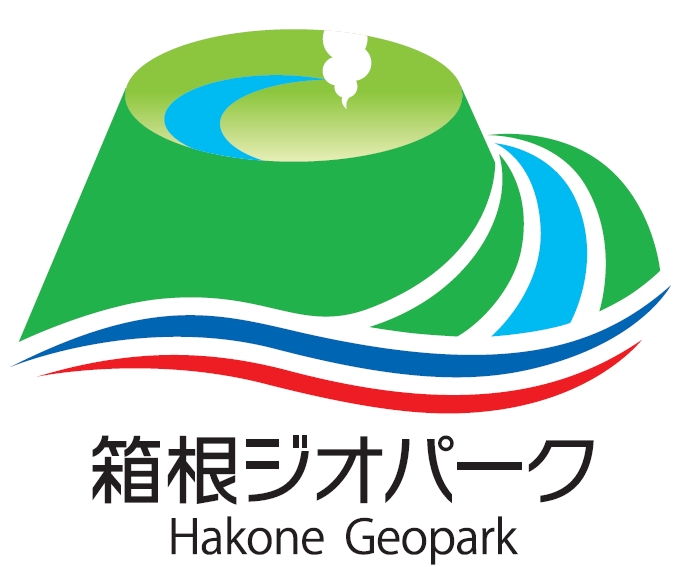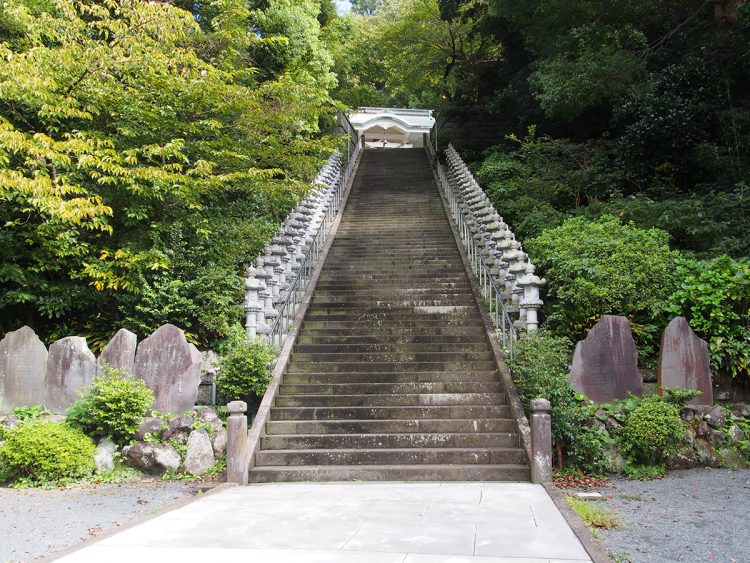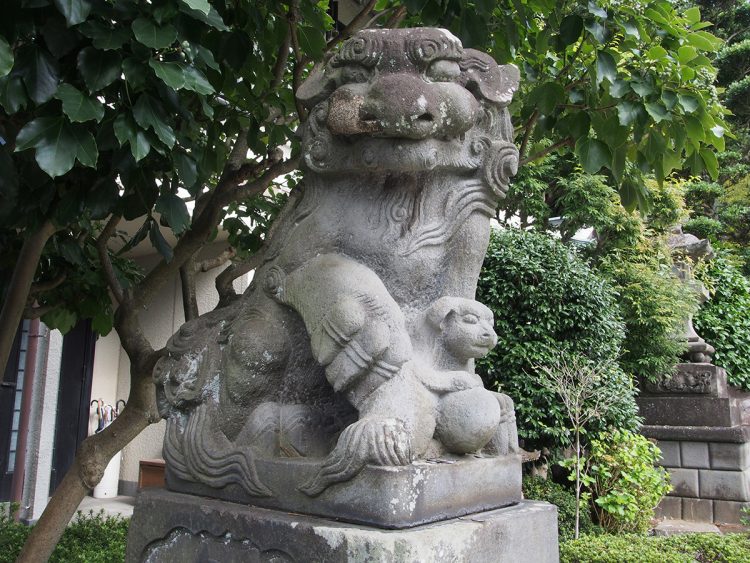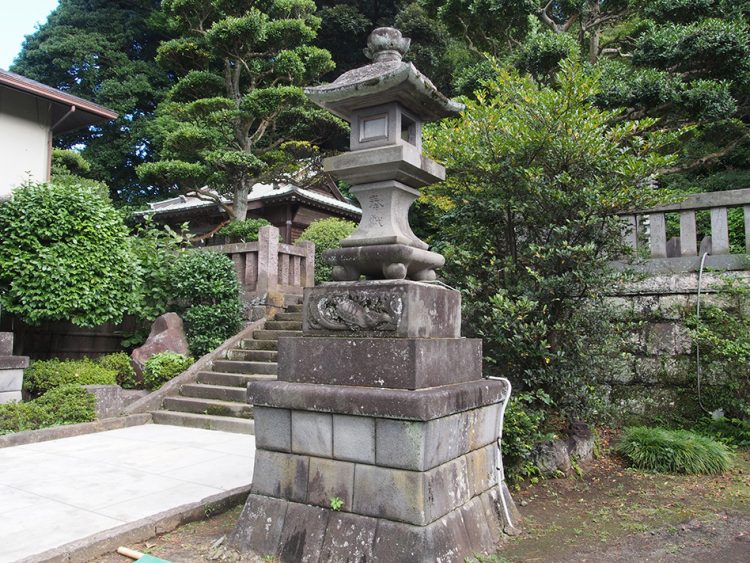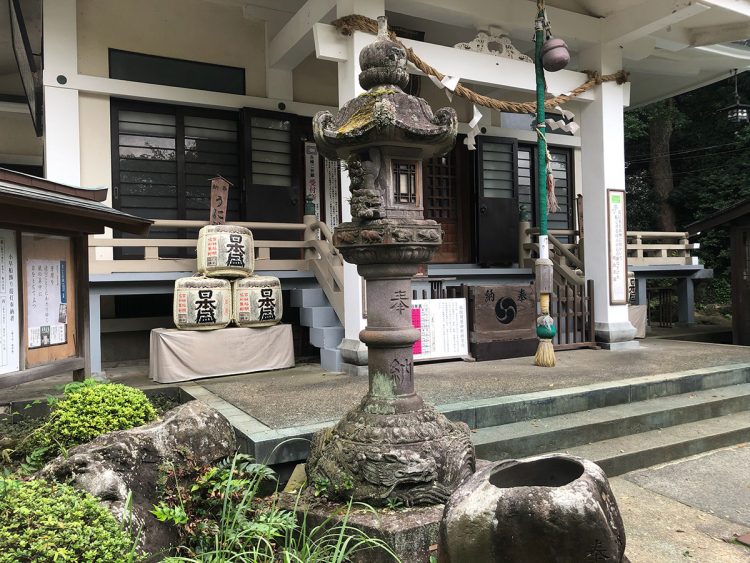Kifunejinja (Kifune Shrine)
About Kifunejinja (Kifune Shrine)
In summer about 1200 years ago, a mysterious light appeared every night off the coast of Mitsuishi and shined brightly on the surface of the sea. One day, when a man called Hirai no Okina (old man Hirai) looked far off out towards the sea from the seashore, he saw a houseboat lighted from the back that was floating on the waves towards the shore. When he examined the inside of the boat, there were 12 wooden statues and a note that read, “If you worship these gods, your village will grow”. So then Hirai and the villagers cooperated to build a shrine for the gods and worshiped them as the guardians of the village and this is said to be the origin of Kifunejinja.
At Kifunejinja (Kifune Shrine), three gods are enshrined including, Okuninushi kami, who is the “God of matchmaking”, Kotoshironushi kami, and Sukunahikona kami.
Kifunematsuri (Kifune Festival)
The Kifunematsuri is the annual festival of Kifunejinja (Kifune Shrine) and is held every year on July 27th and 28th. In December 1996, it was designated as an important intangible folk cultural property of the country.
The origin of the Kifunematsuri is old and is said to have started from the beginning of the construction of the Kifunejinja (Kifune Shrine) and began with the “Funekito (Ship’s Prayer)” to pray for the safety of fishing boats and transport ships and for large catches of fish. Around the mid-17th century, the gods were transferred to a ship to pray for fishing boats and stone transport ships in the harbor, and once every three years, a togyo (transfer of sacred object) of the Mikoshi (portable shrine) to the village was carried out. This is how the preliminary form of the modern day Kifunematsuri was born. A characteristic of the Kifunematsuri is that the Mikoshi portable shrine transported over the sea from the shrine on the mountain to the town.
The Kifunematsuri is famous all over the nation and is the only one in the prefecture. It is one of the three major boat festivals of Japan and many tourists from inside and outside the prefecture come to visit during the festival.
Kifunejinja (Kifune Shrine) and Komatsuishi (Komatsu stone)
Not only are the toro (stone lanterns) and tamagaki (stone fences) on the shrine precincts, but also the stone steps and stone walls are made of Komatsuishi, which is a specialty product of Manazurucho , and Komatsuishi is one of the materials in the structure of Kifunejinja. Komatsuishi is used in many other stone structures on the shrine precincts in addition to what was introduced here.
Oishidan (Large stone steps)
All of the 108 stone steps after passing through the Torii Gates are made of premium stones of the Komatsuishi (Komatsu stone) which are called “Ao (blue)”.
Komainu (Guardian lion-dog)
There is a total of 3 pairs of Komainu on the precincts of the shrine and all of them are made of Komatsuishi (Komatsu stone). The design of Komainu differs depending on the shrine, and the Komainu in the photo are “parent and child Komainu that protect children” and is a rare design even in Japan.
There were many people engaged in fishing and shipping in Manazuru Town, but many children lost their parents in accidents at sea so the with the hope to “protect parents from accidents at sea and to protect their children’s future” the Komainu were made with this in mind.
Toro (Stone lantern)
Most of the lanterns in the shrine precincts are made of Komatsuishi (Komatsu stone). Toro (1) is named “Okage Toro (Thanks to you lantern)” and was made to commemorate the coronation of Emperor Showa, and Toro (2) was made to pray for the coronation of Emperor Heisei.
(1) Showa Emperor’s Coronation Commemoration
(2) Heisei Emperor’s Coronation Commemoration
Shagohyo (Stone pillar carved with shrine's name)
In the same way as the stone steps, the shagohyo made in 1985 is made out of “Ao (blue)” Komatsuishi (Komatsu stone). It is said that it would be very difficult to obtain the same size and quality of Komatsuishi (Komatsu stone) as this Shagohyo today.
